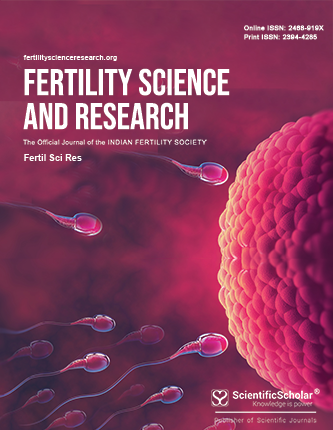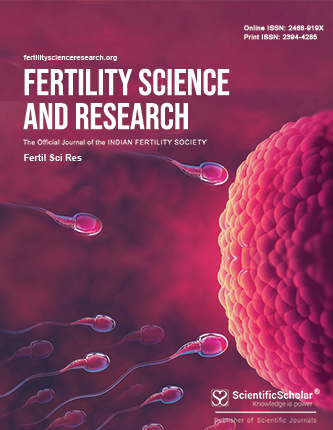© Copyright 2024 – Fertility Science and Research – All rights reserved.
Published by Scientific Scholar on behalf of Indian fertility Society.
Published by Scientific Scholar on behalf of Indian fertility Society.
ISSN (Print): 2394-4285
ISSN (Online): 2468-919X












